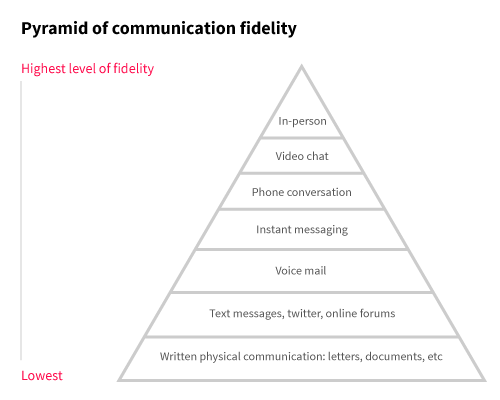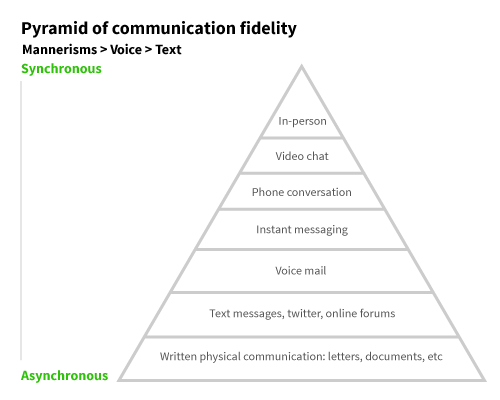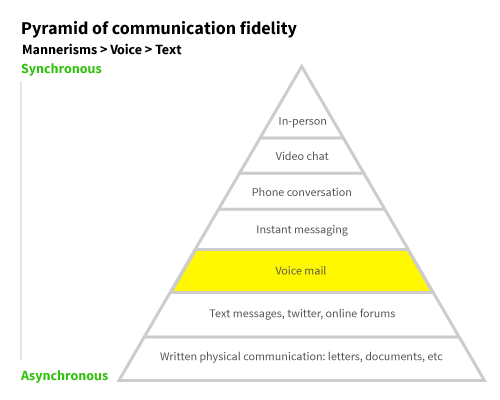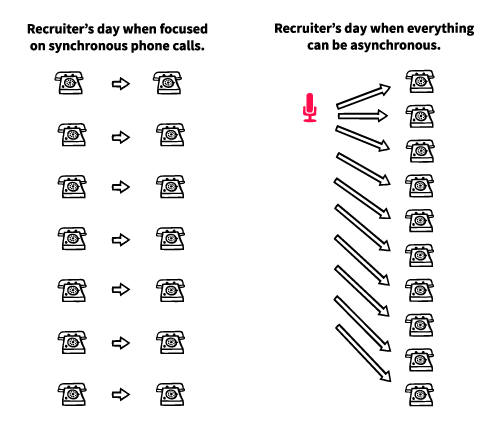Overtime the heart of a product manager starts to form a physical shape akin to taijitu, the iconic yin yang symbol.
What’s the number one advertised job of a product manager? Communication. From communication stems other acceptable answers, like expectation management and documentation. An alternative response rarely given but just as acceptable is the job of a mediator. Failure as the mediator is swift and hard if the product manager doesn’t have the right heart.
It is my belief that the arcane arts of product management are equal parts benevolent light and manipulative dark, intermixed. To illustrate, lets walk through a typical interaction.
Projects are the unit of measurement, or currency, of product managers. Projects add value to the sales and marketing constituents because each additive project grants more available options. Projects are the compartmentalized tasks engineers tackle. They are marketing’s ammunition and engineering’s lifeblood.
Typically, the process goes like this (and obviously I’m speaking in generics here): cross functional teams of sales, marketing, product, design, and engineering folks collaborate to decide what projects to do. Requests are made, suggestions are added, feedback is replied, decisions are eventually made, and the various teams do the work required to complete the project.
I have noticed a consistent trend during this process. Business folk often get less and engineering folk build more than they both want. We are left with a situation where there are individual losers and rarely winners.
Now, certainly I’m speaking to core human emotions. Good teams work together, good leaders bind, and rational colleagues can reach consensus. But we all know how hard that is because we’re ultimately very Hobbesian with our emotions. We play to win the game, sometimes even with the ones we love! So of course, with not getting our way in the workplace, we constantly face our basic human emotions to be frustrated when results aren’t what we want.
This is where the product manager comes in. As the communicator, she must always be the bearer of bad news. Once compromise is reached, the letdown must be relayed to all constituents.
The good product manager realizes that positivity and rationality are her friend. She speaks to the organization’s vision, and explains clearly why decisions were made. Data is an important component of the communication. She can be successful by always remaining professional, positive, optimization, honest, transparent, and thorough.
The the reasons why the good product manager mediates is where the dark arts come in. She is mediates because she knows that to create buy-in from the team, those individuals must feel like they at least came out even. She can not paint a picture where they lost. Wait—what does that even mean? Losing in this context means: feeling of not being heard, perceived loss of autonomy, uneven amount of work required to complete the project, lack of understanding of needs. If the product manager communicates in a manner where the constituent feels they lost—either getting less than they asked for or must do more than they want—the team dynamic suffers. A team dynamic is important because it’s the only source of trust, and trust is one of, if not thee, most important team dynamics.
My current recommendation is to not become a manipulative person. Honesty, transparency, thoroughness, professionalism—these are the hallmarks of the best product managers. But you will be so much more effective at the communication required of you if you realize that the ultimate task is to mediate and explain why there are no losers. This odd paradox is tough to balance because those who are professional and honest hate to think they are doing their job to persuade people on compromise, while those who are good at persuasion usually don’t display the most admirable personal traits. The weak heart folds to the natural conflict of the role while the hard heart never absorbs empathy for its constituents. Therein lies the yin and the yang.




